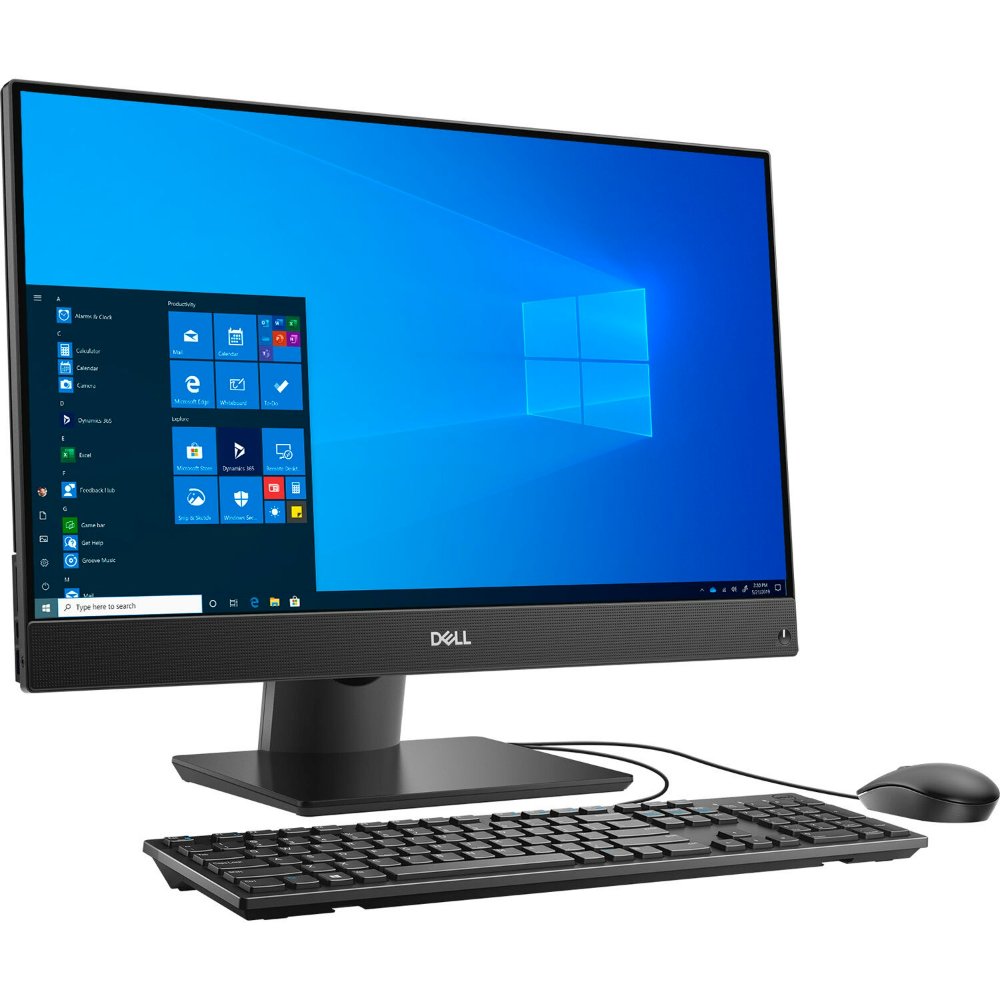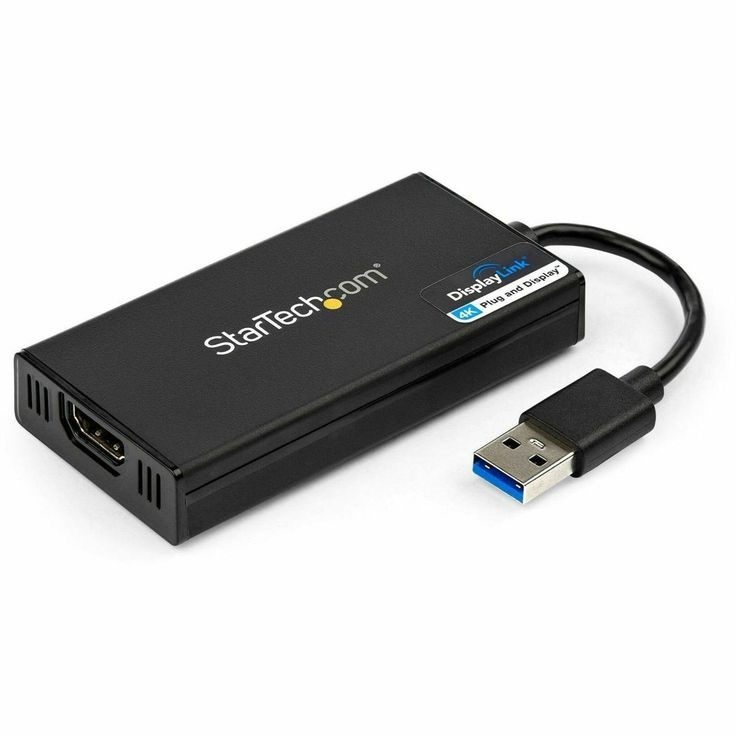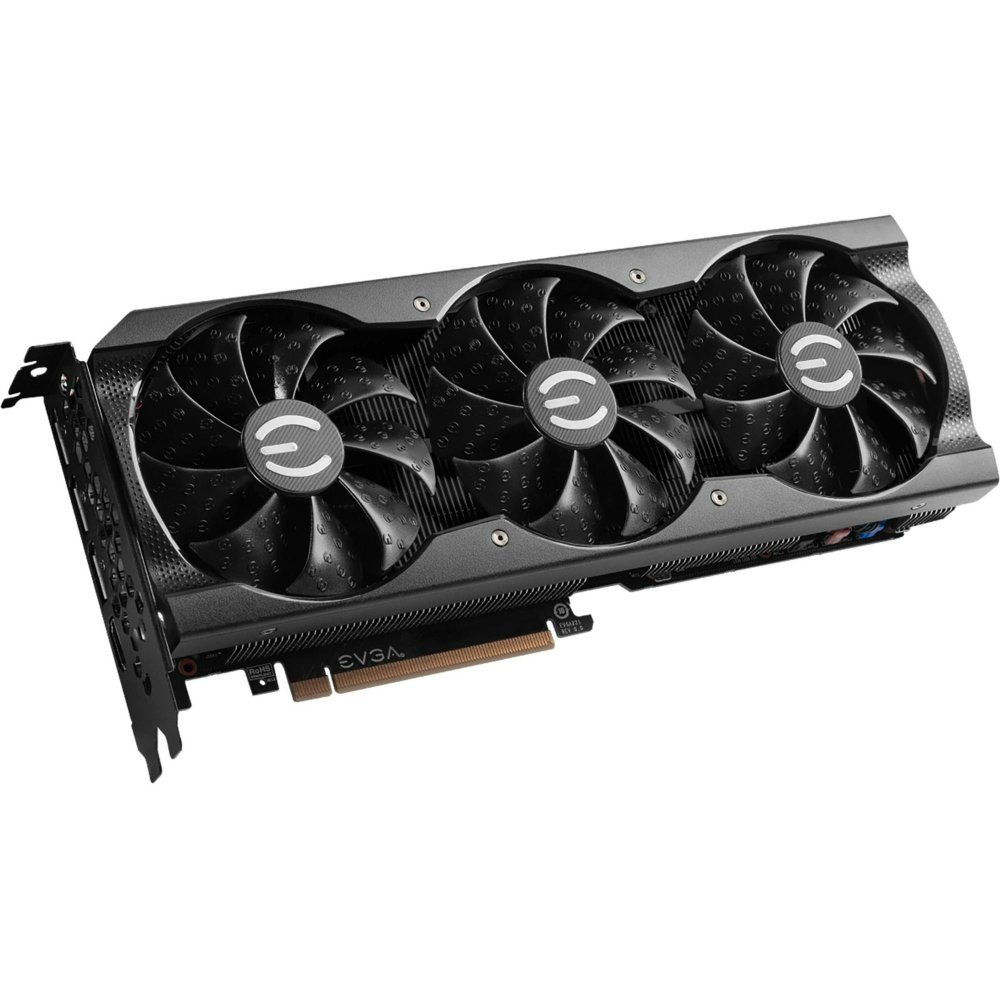Introduction to Graphics Cards and Their Importance
Graphics cards are vital to computer systems. They render images to your monitor. When you play games or use graphic-intensive applications, your graphics card is hard at work. Knowing the model of your graphics card is crucial. It can affect performance and compatibility.
Have you wondered: how to tell what graphics card I have? Well, if you face issues with visuals, knowing your card can lead you to the right fix. You can determine if a game will run well on your system. Also, you can decide if an upgrade is necessary.
For professionals who need high-end graphics, the right card is non-negotiable. It supports their software and work demands. In summary, identifying your graphics card is step one. It sets the stage for improved computing experiences across the board.

Methods to Determine Your Graphics Card Model
Identifying your graphics card model can be simple, depending on your operating system. Each OS has specific methods to display system info, including details about the GPU. Let’s explore these methods across different platforms.
Using System Information on Windows
For Windows users, the System Information tool is your go-to. It lists all your system specs, including your GPU model. Here’s how:
- Type ‘System Information’ in the Start menu search bar.
- Hit Enter and search for ‘Display’ in the list.
- The name and brand of your graphics card should appear under ‘Adapter Description’.
This method gives you a quick, easy look at your GPU details without extra software.
Accessing About This Mac for macOS Users
Mac users have it easy with ‘About This Mac’. To find your GPU model:
- Click the Apple logo on the top-left corner.
- Select ‘About This Mac’.
- Navigate to the ‘Overview’ tab to find your graphics information.
This section provides your graphics card details succinctly and quickly.
Utilizing Terminal Commands in Linux
Linux might seem daunting, but it’s straightforward with terminal commands. Here’s a simple way:
- Open the Terminal.
- Type ‘lspci | grep VGA’ or ‘lspci | grep Display’ and press Enter.
- Your graphics card information will pop up, including the model.
Despite the variety of Linux distros, this terminal command is typically universal.
By following these steps, you can easily discover what graphics card you have without hassle. This vital information will serve you well, whether it’s for upgrades, troubleshooting, or simply satisfying your curiosity.
Windows users have another reliable tool: Device Manager. It helps pinpoint your graphics card model. Here’s what to do:
- Right-click on the ‘Start’ icon.
- Choose ‘Device Manager’ from the context menu.
- Look for ‘Display adapters’. It’s usually near the top.
- Expand the section to see the names of installed GPUs.
Your graphics card details will show up under ‘Display adapters.’ This name will help you determine your GPU model. It ensures accurate driver updates and compatibility checks.

Leveraging Third-Party Software Tools
While built-in system tools are useful, third-party software can offer more details on your graphics card. These tools can provide in-depth information, including technical specifics not always visible in system summaries. Let’s explore a couple of these tools.
GPU-Z for Comprehensive Details
GPU-Z is a lightweight utility famed for its comprehensive display of GPU information. Here’s how to use it:
- Download and install GPU-Z from the official website.
- Run the tool to see a full list of GPU specs.
- You’ll find information on the GPU chip, memory size, and more.
This tool is ideal for users who need detailed data, such as clock speeds and temperatures.
Speccy for a System Overview
Speccy provides a broader system overview while still giving solid info on your graphics card. To get started:
- Download Speccy from its official page.
- Install and open the application.
- Go to the ‘Graphics’ section to view your GPU details.
It’s a great option for a full peek into your PC’s health, including temperatures and usage stats.
These third-party tools are great allies in the quest to identify your graphics card. They add another level of depth to the information at your disposal.
Checking the Original Packaging or User Manual
When you’re unsure about your graphics card model, the original packaging or user manual can be a treasure trove of information. Manufacturers often list the GPU model on the box or in the manual that comes with the PC or graphics card. Here’s what you should do:
- Look for the box that your computer or graphics card came in.
- Check the outside for any stickers or printed text that mentions the GPU model.
- Open the box and find the user manual or quick start guide.
- Flip through the pages to find the section on specifications or hardware.
The original packaging and user manual won’t only tell you the model but also provide important details about the graphics card’s capabilities. Whether you aim to ensure compatibility with games or assess the need for an upgrade, this step can provide quick and reliable information.
Remember, store your computer’s packaging and manuals in a safe place. It eases the process of identifying hardware components when needed. For users who purchased a pre-built system or those who might have lost these items, don’t worry. There are still plenty of methods to find out what graphics card you have, which we have outlined in this blog.

Analyzing the Physical Hardware
Sometimes, the digital methods might not work or be available. In such cases, physically examining your computer can help. Let’s go through the steps to locate and read the information on your graphics card.
Locating the Graphics Card in Your PC Case
To find your graphics card inside your PC case:
- First, ensure your computer is off and unplugged.
- Open the case by removing the side panel, usually on the left.
- Locate the graphics card. It’s typically in a PCIe slot, near the bottom.
- It will have one or more fans or a large heatsink on it.
Be gentle when handling inside the PC case to avoid damaging components. The graphics card is one of the larger pieces of hardware inside, making it relatively easy to spot.
Reading the Labels on the GPU
Once you locate your graphics card:
- Look for stickers or printing directly on the card.
- These often include the brand name, like ‘NVIDIA’ or ‘AMD’, followed by the model.
- If there’s a serial number, that can also offer clues when searched online.
Some graphics cards might not have readable labels. In that case, noting the model number and looking it up later could be necessary. Knowing your graphics card’s model aids in performance tuning, driver updates, and upgrade decisions. It’s worth taking the time to examine and understand your GPU. Now, you can optimize your gaming, ensure you have the correct drivers, or plan for future upgrades with confidence.
Understanding the Utility of Knowing Your GPU Model
Knowing which graphics card you have is highly useful for several reasons. When you know the model of your GPU, you can unlock its full potential and ensure that your computer performs at its best. Let’s dive into the key areas where this knowledge comes in handy.
Optimizing Gaming Performance
If you’re a gamer, understanding your graphics card is essential.
- It helps you adjust game settings for optimal play.
- You can compare your GPU’s abilities with game requirements.
- This knowledge lets you plan upgrades for a more immersive experience.
By knowing your GPU model, you fine-tune settings to find the perfect balance between visual quality and frame rate.
Selecting the Right Drivers
Drivers are crucial for GPU functionality.
- With the right drivers, your GPU runs smoothly.
- Updating drivers can fix bugs and improve performance.
- Knowing your GPU helps you avoid installing incorrect drivers.
You must get the appropriate drivers to prevent system errors and to unlock new features and enhancements as they are released.
Upgrading Your System’s Graphics
Whether you are a professional or a hobbyist, upgrading your graphics card can be a significant boost.
- The model of your current GPU establishes your upgrade baseline.
- You can research and find a more powerful card that fits your needs.
- Knowing your GPU assists in ensuring new hardware compatibility.
Before you commit to an upgrade, it’s crucial to understand the capabilities and limitations of your existing GPU. This guides you to make an informed decision on which new graphics card will best suit your needs.
Conclusion and Next Steps After Identification
You now know how to tell what graphics card you have. This knowledge is a powerful tool. It boosts your system’s performance, ensures proper driver updates, and helps plan upgrades. Make sure to keep the information about your graphics card handy. It might be needed for future reference or support.
With the model of your GPU clear, you can easily research. Look for games and applications that run best on your system. You can also follow tech news about your GPU. Stay informed about the latest driver updates and software improvements.
If you’re considering an upgrade, you’re now well-equipped to choose. Compare your current graphics card with newer models. Make decisions based on your computing needs and budget. If performance issues arise, use your GPU knowledge. It will guide you to the right solution or help seek expert advice.
Remember, technology keeps advancing. Your GPU won’t always be the latest. Keep learning about new developments. When the time comes, you’ll be ready for the next step in graphics technology. Until then, enjoy the full potential of your current graphics card.
Know your GPU, keep your system updated, and enjoy the ride. If you ever hit a bump, revisit the methods we shared. They’ll help you identify any new graphics card you might acquire. Happy computing!
